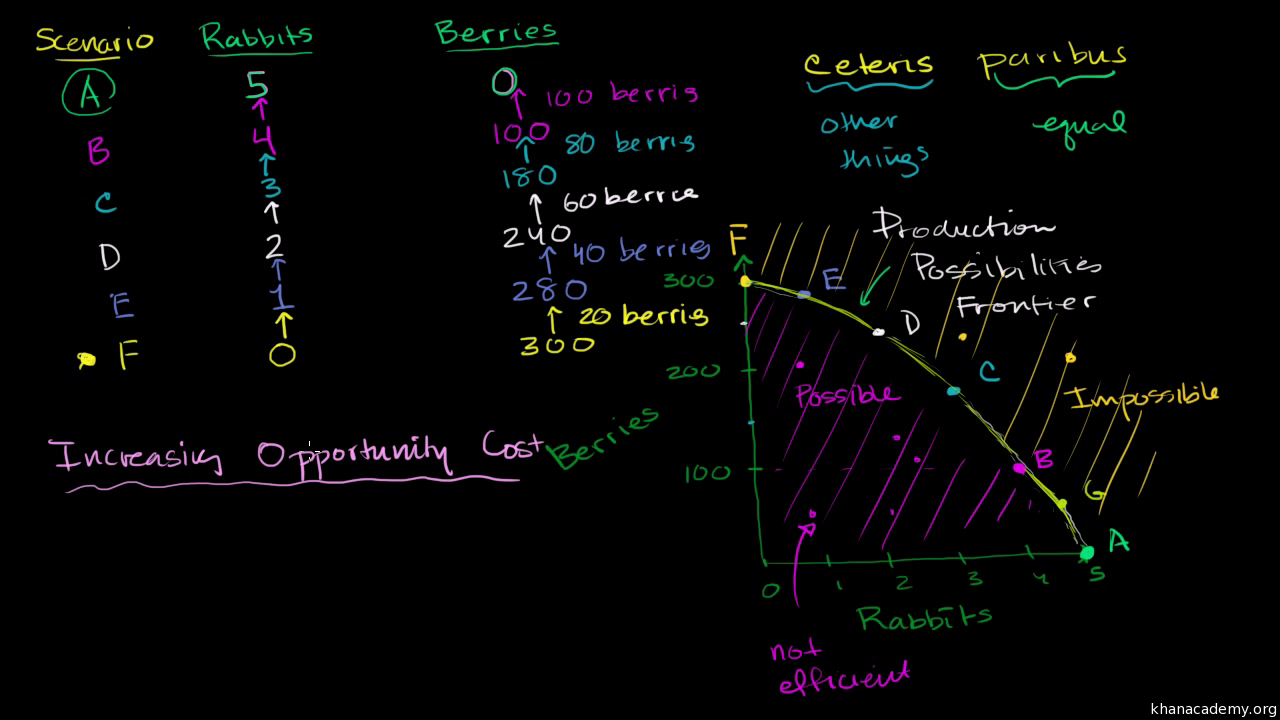Elasticity of Demand
Elasticity of Demand - A measure of how consumers react to a change in price
Elastic Demand - Demand that is very sensitive to change in price
- Product not a necessity
- Available substitutes
- It is greater than 1
- Ex: Steak, clothes and soda
- Product not a necessity
- Available substitutes
- It is greater than 1
- Ex: Steak, clothes and soda
Inelastic Demand - Demand that's not sensitive to a change in price
- Product is a necessity
- Few to no substitutes
- It is less than 1
- Ex: Gas and insulin
- Product is a necessity
- Few to no substitutes
- It is less than 1
- Ex: Gas and insulin
Unitary Elastic - It is equal to 1
